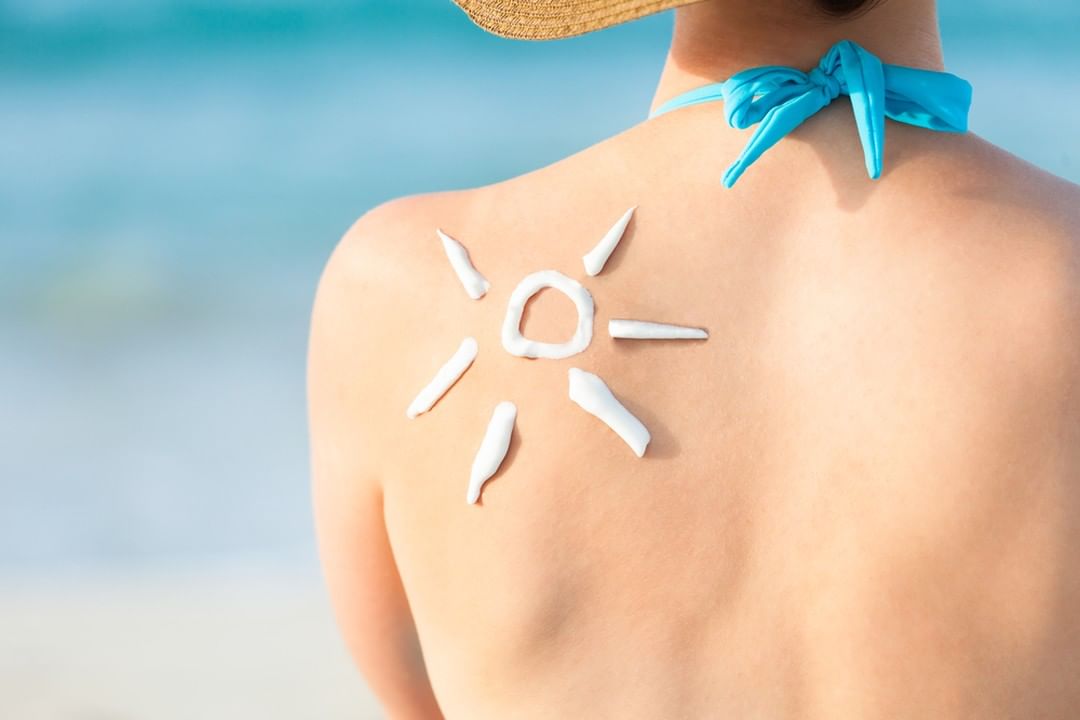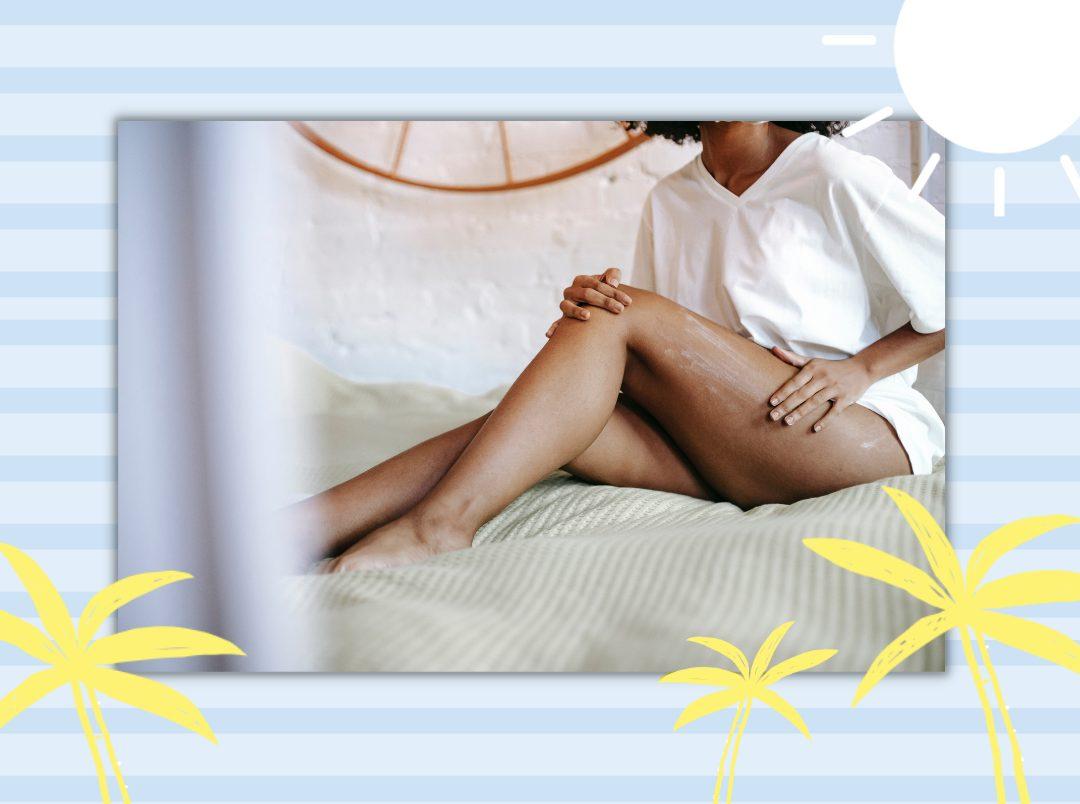You’ve probably heard of the SPF label on sunscreen. However, advances in technology and cosmetics have resulted in additional protective components and rating systems. If you’ve ever looked at a bottle of sunscreen and wondered what some of those ratings meant, you’re not alone.
Sun protection ratings and labels are intended to inform and make it easier to select the right products for your skin; nevertheless, the huge number of labels, testing requirements, and laws can be bewildering. You’ve probably noticed a slew of products with the certification “PA+++” in recent years. Solve the mystery of your sunscreen by learning about these ratings. So, what exactly is PA+++ in sunscreen? Let’s understand the significance of this essential label.
What Does ‘PA’ In The Sunscreen World Really Mean?

The first thing you should know is that PA stands for “UVA Protection Grade.” This is a significant distinction because SPF (sun protection factor) only evaluates UVB protection, whereas PA only measures UVA protection.
These types of radiation are harmful to our skin in different ways. UVB rays cause our skin to turn red and burn, whereas UVA rays do the majority of the damage to our skin’s genes. The harmful impact of UVA rays wasn’t recognised even until the ’90s. They are the main cause of ageing and skin cancer.
We’ve Decoded The Rating System For You
The PA rating system was developed in Japan to inform consumers about the level of protection provided by sunscreen. The pluses represent the level of protection available. The greater the number of pluses, the greater the level of protection.
The rating system is as follows:
PA+ = Basic UVA protection
PA++ = Moderate UVA protection
PA+++ = High UVA protection
PA++++ = Extremely High UVA protection
And What is Persistent Pigment Darkening (PPD)?
These grades are directly related to “Persistent Pigment Darkening” (PPD), which relates to how long it takes the skin to tan. If your product has a PPD of 2, it takes twice as long for your skin to tan while protected as it does when unprotected. It takes five times as long if your product has a PPD of 5.
The correlations are as follows:
PA+ = PPD between 2 and 4
PA++ = PPD between 4 and 8
PA+++ = PPD between 8 and 16
PA++++ = PPD of 16 or higher
Highlighted below Are The Importance Of PA Ratings
As previously mentioned, it wasn’t until very recently that the world discovered how harmful UVA rays were to our skin. Now that people are realising how important it is to protect the skin from both UVA and UVB radiation, everyone should constantly use products that do. There is simply no reason not to!
It is critical to wear sunscreen that protects against both UVA and UVB rays. Also, regardless of the weather, everyone should wear sunscreen on a daily basis. Don’t forget to massage the tops of the ears, the neck, and the backs of the hands. Even if you think you’re only in the sun for a few minutes, and even if it’s cloudy outside!
On that note, here’s a useful little PA cheat sheet for your sunscreen! SPF is your only best friend!
Featured Image: Instagram






.png)


